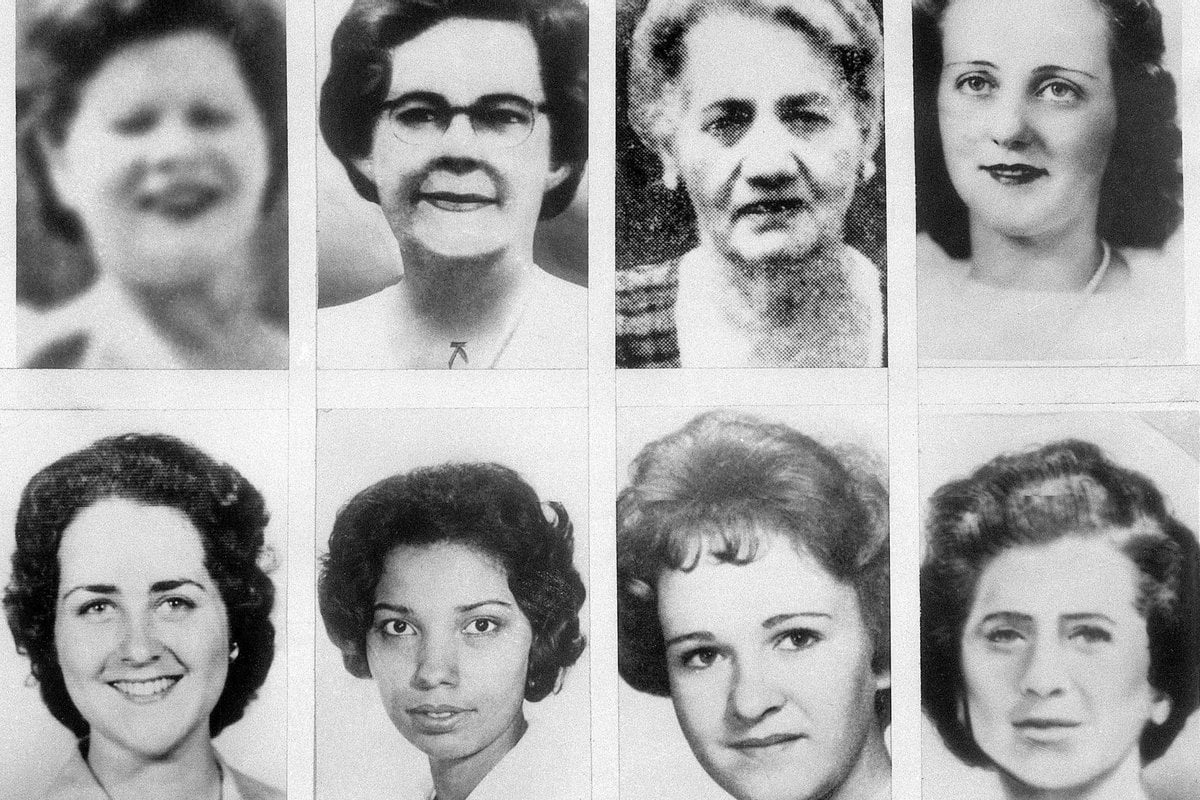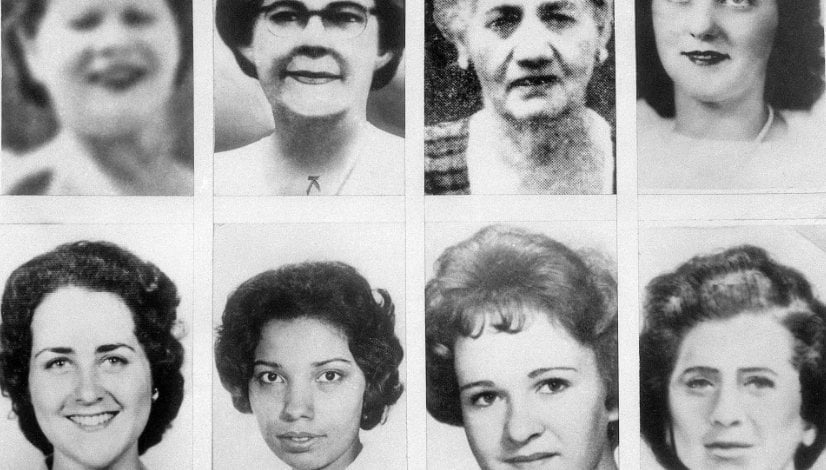
On June 14, 1962, Anna Elsa Slesers' son entered her third-floor apartment in Boston.
After a quick look around the home, the 23-year-old found his mother's body on the kitchen floor. Her blue house coat had been ripped open; its belt had been used to strangle her.
It had then been tied into a bow around her neck, as if the killer was leaving a gift for whoever was unfortunate enough to come across the body.
A single woman in her mid-50s, Slesers didn't have any enemies, her son told the Boston Globe.
Watch the trailer for Boston Strangler. Post continues below.
Although it appeared Slesers had been sexually assaulted using an unknown object, police put the crime down to a burglary gone wrong.
Two weeks later, in the Boston suburb of Back Bay, 85-year-old Mary Mullen was found dead on her sofa. She'd died of a heart attack. Her apartment had been ransacked and police concluded the 85-year-old was "frightened to death" by an intruder.
Two days later, a third victim was discovered. Nina Nichols' body was found on her bedroom floor. She was wearing a pink flannel robe that was torn from the waist down. Around her neck were two stockings, tightly drawn into a bow. She had been sexually assaulted with a wine bottle.
The same day, Helen Blake, a 65-year-old nurse, was found facedown on her bed, her flannel pyjama bottoms on the floor, and a stocking and a bra tied around her neck. Another bow.
